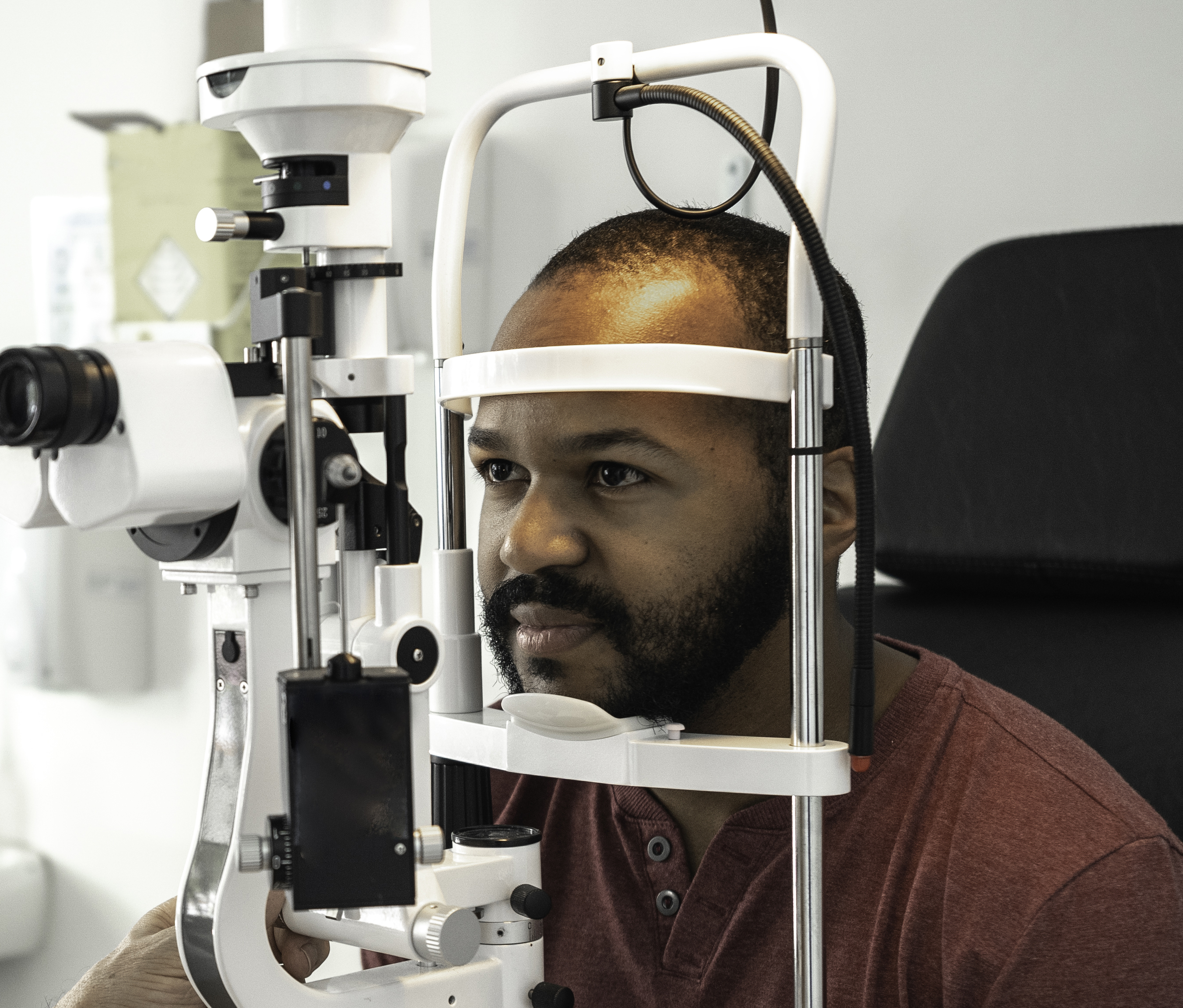 |
| Compared to white individuals, those of Black or Asian race have 3% and 5% fewer VF tests per visit, respectively. Photo: Getty Images. |
In glaucoma patients, more frequent visual field (VF) testing has been shown to promote earlier detection and improved monitoring of disease progression. Like in many other aspects of healthcare, disparities between different racial and socioeconomic groups have been demonstrated in VF testing frequency and outcomes. Importantly, a recent study reported that these disparities persisted even when considering cofounders such as baseline glaucoma severity, socioeconomic disadvantage, test reliability, ancillary tests and glaucoma surgeries. Particularly, compared to white patients, Black and Asian patients received fewer VF tests per visit.
To conduct the study, researchers assessed the records of all patients with a glaucoma diagnosis who underwent VF testing at an academic, tertiary care facility from 2018 to 2021. They analyzed the data to compare VF testing frequency, the total number of office visits (DoS) and the ratio of VF testing frequency to DoS. In total, the analysis included 2,654 participants (1,515 white, 782 Black and 357 Asian).
Among the three racial groups, Black patients had the worst socioeconomic status and disease severity at baseline. Compared to white patients, Black patients had a 3% lower VF testing/DoS ratio and Asian patients had a 5% lower VFT/DoS ratio.
In their analysis, the researchers controlled for sex, age, socioeconomic disadvantage (Area Deprivation Index), VF reliability indicators and baseline mean deviation, OCT frequency and glaucoma surgeries. Even when accounting for these potential confounders, Black and Asian patients still had a significantly lower rate of VF testing per visit. These individuals also received significantly less OCT imaging than white patients, discounting the possibility that this test was used as a substitute for VF testing.
“This disparity [in VF testing/DoS] became more pronounced for Black individuals, considering their higher baseline disease severity, which would typically warrant increased test frequency in conventional clinical practice,” the study authors wrote in their paper.
While a difference in VF testing per visit of 3% and 5% among races may seem small, the authors explained that “from societal and ethical perspectives, even this difference raises concerns. Additionally,” they continued, “Black patients have been found to exhibit increased VF variability, with socioeconomic status playing a significant role in this association.” The finding of a lower VF test rate among this specific population may subject these patients to lower detection and undertreatment for glaucoma, they suggested.
So, what can be done to solve this problem? For starters, “Awareness of healthcare racial disparity is of utmost importance in order to develop mechanisms to resolve it,” the authors noted in their paper. “These findings resonate with broader research on racial disparities in healthcare, where marginalized communities often face barriers that prevent them from receiving timely and appropriate medical care.”
Considering the mounting evidence of these inequities, the authors suggest, “concrete efforts should be made to further explore the causes for the disparity and its downstream effect in order to develop mechanisms to resolve it and provide the best possible medical care for individuals of all races.”
Madu CT, Lee TF, Sohn A, et al. Disparities in visual field testing frequency among subjects with glaucoma. Transl Vis Sci Technol. 2024;13(4):2. |


